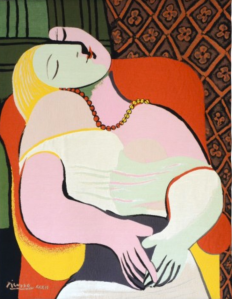In less than two weeks, over one thousand crime fiction fans will converge in St. Petersburg, Florida for one of the largest reader fan convention. . . Bouchercon.
Bouchercon is our annual world mystery convention where every year readers, writers, publishers, editors, agents, booksellers and other lovers of crime fiction gather for a 4-day weekend of education, entertainment, and fun! It is the world’s premier event bringing together all parts of the mystery and crime fiction community, and is pronounced [bough’•chur•con].
There are so many people who volunteer their time and effort to put on this massive affair and I thank them from the bottom of my heart. Without this convention, I would probably be a hermit or even a recluse.
Anyway, before arriving at the event, there is so much do to on our, my end to prepare oneself. First and foremost, everyone should enjoy the convention and have fun.
You don’t have to go to all the panels that interest you. . .I did this at the first convention I attended and it nearly wiped me out.
Some of the best times and one-on-ones I have had with authors and other readers is passing one another in a hallway, near an elevator, or standing on the coffee line, was chatting with them and forgetting the panel I wanted to go to. That time was precious and there you are bound to develop a long-lasting friendship.
Wear comfortable shoes and clothing. Walking back and forth from panels to bookrooms to side activities will take a toll on your feet. Also bring a light jacket or sweater as it may get cold in the meeting places.
Because most of us are more likely introverts, it’s okay to go to our room for a recharging session. Too many people, too much noise wipes out my energy quicker than the Energizer Bunny Rabbit.
Don’t be afraid to approach authors and readers that you have met on social media. We are a friendly bunch, even though I’m still afraid to approach some as well.
Because this is my ninth convention, I plan meet-ups with friends I only see once a year, so I try to get my meal and social activity card filled up as much as possible. My first year, I probably spent more time in my room eating my meals. Now, not so much.
As for the panels, again, I pick out the ones I want to attend, of course there are few that are “must-attends” for me such as New Author Breakfast, Author Speed-Dating, Anthology Signing, Opening Ceremony, Anthony Awards and frequent visits to the book room and the hospitality suite. I just have to make sure I attend the panel I’m moderating.
This year is special as my blog, dru’s book musings is a 2018 Anthony Finalist for Best Online Content. I’m so honored for this nomination and congratulates all the other nominees in this category.
So, are we ready for Bouchercon? – you betcha.
I hope to see some of my fellow Stiletto Gang members at some point – hopefully to get a group photo.
So, who is going to Bouchercon? I hope to see you there and again, HAVE FUN!






































